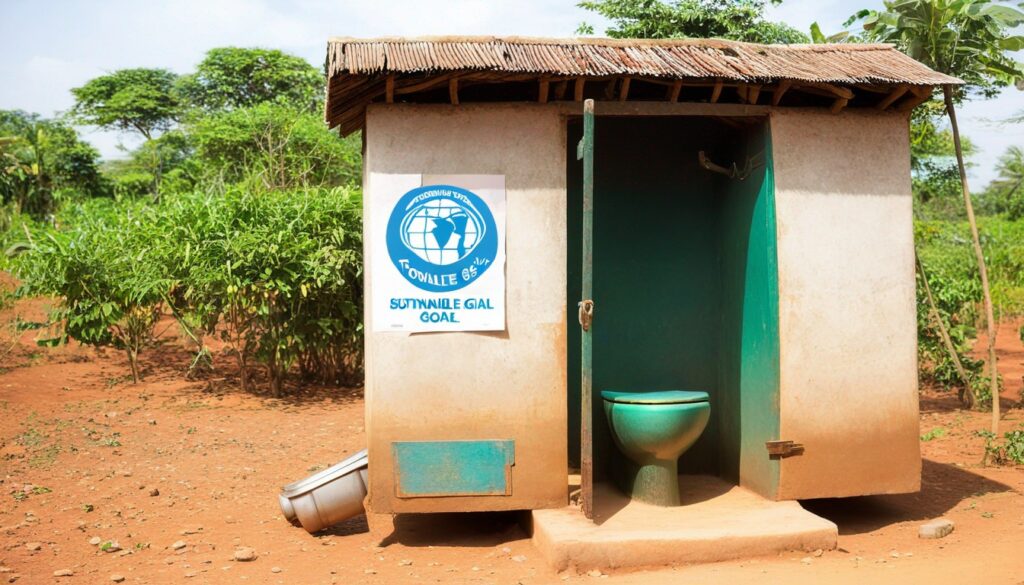Anouncement on a billboard paid brand product placement, cartoons, tobacco brand auspice of sporting events, and concerts.
Since 1998, the practice of advertising and marketing played to target people under 18 has been illegal.
Still, the exhibition of tobacco has not stopped playing on tv.
By the report of 2020, about 79 percent of youths still see tobacco advertisements; 68 percent reported seeing e-cigarette ads, according to a study from the Washington University School of Medicine in St. Louis.
As per the report, experimenters plant utmost of the exposure is given free to the retail store-grounded announcements and internet-based advertisements.
 Image Source: Verywell Health
Image Source: Verywell Health
Xiao Li, MA, the superintendent, study, author, and researcher from Washington University School of Medicine’s Academy of Psychology, stated that kiddies are primarily shown tobacco advertisements through the internet or social media. Where authorities must have inhibited publishing, but they’re forcing us to act.
In December 2021, the authors of the research blazoned the issue of the journal Pediatrics, based their findings on a sample of 139,695 adolescents ages 12 to 19 years old who participated in the national youth tobacco survey.
 Image Source: Over Top Info
Image Source: Over Top Info
“Big Tobacco knows it must hook kids early because once the brain develops, it’s not nearly as susceptible to nicotine addiction,” Mary Coyne, an advertising expert who works with Tobacco Free Amarillo in Texas, told Healthline. “It is a particularly evil act to addict youthful people to a product that is known to beget horrible diseases and death, shorten their lives, and make them poorer.”
The study concluded that additional regulation of tobacco advertising, mainly at the point of sale and on social media, is important.
Researchers motivated the study of tobacco advertising and its impact on teen vaping and tobacco use.
Li stated that “Strict programs need to be developed and implemented for reducing tobacco ads online. It should not be easy for kids to be exposed to online content about tobacco, especially when it encourages tobacco and e-cigarette use.
Patricia Folan, RN, CNP, CTTS, director of Northwell Health’s Center for Tobacco Control, told Healthline that the state of New York has taken the additional step of banning point-of-sale tobacco advertising in pharmacies but that there is still “no regulation whatsoever” on marketing efforts conducted via social media.
Folan also suggested that parents could take charge of countering such messages by monitoring their children’s social media use and talking with them.
According to the report of 2020, about 4 percent of high schoolers and less than 2 percent of middle school students reported smoking in the past 30 days. And in 2011 it was down from 16 percent and 4 percent, respectively.
 Image Source: Business Insider
Image Source: Business Insider
Yet in 2020, about 20 percent of high schoolers reported using e-cigarettes. With onwards, 5 percent of middle school students, according to the Centers for Disease Control and Prevention (CDC)Trusted Source.
In past years, explorations have shown that tobacco advertisements make smoking seem more appealing to teens
and that exposure to such ads increases the risk of starting smoking, CDC officials noted.
“There is a large field of research linking ad exposure to tobacco initiation and ongoing use,” said Li.
“Ads can normalize the use of tobacco products and lower risk perceptions about these products. This is very concerning because kids are at a critical developmental stage when experimentation with substance use products is likely to start happening.”
Also Read: Healthcare In Lockdown
Tags: advertisingauthorbannedillegalMAStudyTexastobaccotobacco advertisementsXiao Li






